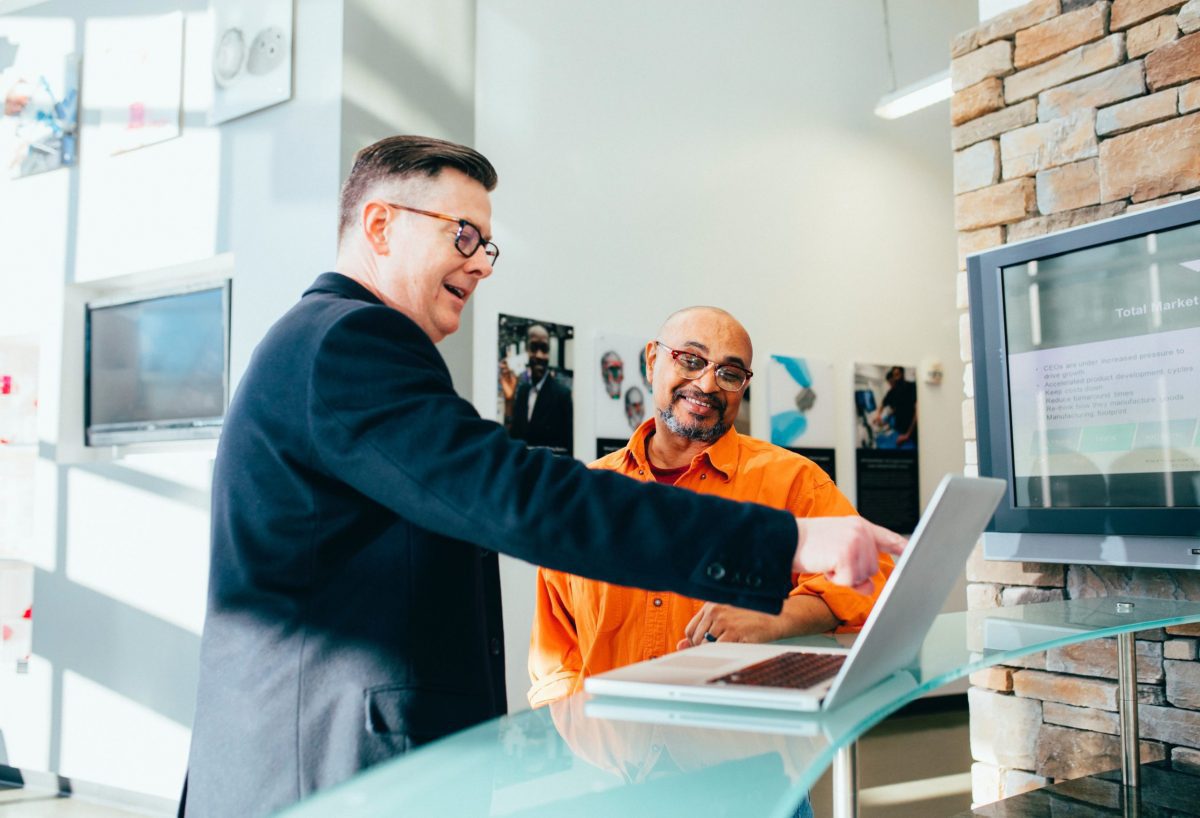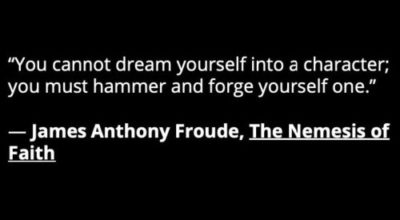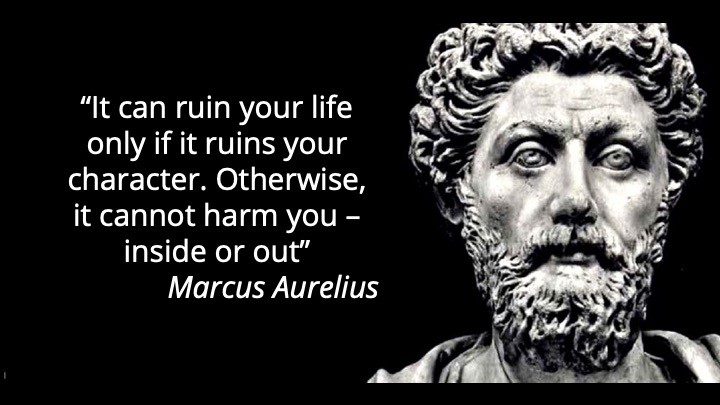For most of us, change is hard. It’s not lack of commitment or desire that gets in the way, nor lack of goals and ideas for improvement. How many times do we give up before we even try because we are afraid to fail? Or we might consider the odds of succeeding too low to give it our best, to test our own limits and explore our abilities. This self-sabotage thinking (driven by our inner critic) often limits us from unleashing our full potential and making change happen. Why does this happen? There are many reasons. However, our level of “grit” (or mental toughness) is a key component to our success in sticking to a plan and pursuing a long-term goal we feel passionate about. Strengthening our mental toughness is an essential piece of achieving real change.
Unfortunately, there are no shortcuts to success. It takes a lot of effort and courage to excel at something we want to change. Most of the time, we are not ready to pay the price. We focus on the result and we underestimate the process: the time, energy, passion, and self-determination it takes to get us there.
Psychologist, Angela Duckworth, defines grit as our “passion and perseverance for long-term goals,” and claims it is a predictor of outstanding achievement. It’s “having a goal you care about so much that it organizes and gives meaning to almost everything you do.”
“Outer changes always begin with an inner change of attitude” – Albert Einstein
Grit in the workplace
In the workplace, grit plays a critical role in successful leadership and extraordinary performance. Organizations desperately need leaders who can create a shared vision with passion and conviction and enlist others to relentlessly pursue the future. However, the challenge to develop grit is even higher. As leaders, we often tend to jump from existing multiple projects to new promising ideas. We can lose focus and give up easily in the face of setbacks, prioritizing immediate results. Managing the discomfort of uncertainty in our culture of immediacy and impatience can be hard for leaders.
The good news is grit is not a fixed trait. We can train ourselves to grow our essential abilities and skills, and that includes our level of mental toughness. How? By putting grit into practice.
1. Focus on one improvement goal that you feel passionately about
“Would you tell me, please, which way I ought to go from here?”
“If you don’t know where you’re going, any road’ll take you there.”
– from Alice in wonderland, dialogue between Alice and the Cheshire Cat
We need to have a clear goal and direction that is compelling enough to drive our behavior and efforts. It must be a goal that is worth pursuing, even when we fail at it.
2. Choose an ability/skill you would like to grow that generates positive change in your life and self-development
Be realistic when setting a timeframe for improvement. Do not set yourself up for failure before even starting the journey. Here are some questions you can ask to create a vision and provide direction for yourself.

- What do you feel passionate about and would like to become better at?
- What would make you feel more connected to yourself and significantly improve your well-being?
- What have you been trying to learn for years and have failed at repeatedly?
3. Shift your perspective
Commit 100%, to your improvement goal. Make it your own personal project. Do research to learn from “gritty” people who have walked the same path. Reflect on what could work for you.
4. Break your improvement goal into key-stone habits
An improvement goal can be overwhelming. However, if we introduce small changes to our daily routine, test what works best and adjust accordingly, we will discover a set of daily practices that work for us and that we can commit to.
5. Value your progress in time
Take time to reflect on your own evolution. Don’t take it for granted. Progress takes grit! Indulge yourself with a self-celebration. Ask for feedback from your circle of trust on your improvement. A journaling practice can help you reflect on your learnings and growth.
6. Be compassionate with yourself in the face of setbacks
Setbacks are part of the game. They test our level of resilience and emotional intelligence. Be kind to yourself and expect them. Focus on your gains, results will come your way.
7. Don’t wish for it, work for it
Keep practicing! Take action. Re-commit to your improvement goal every day. Visualize yourself fulfilling your goal and choose a set of powerful motivational mantras that can help increase your energy level and focus.
Conclusion
Our mental toughness is the inner force we need that drives us towards our goal. It gives us the energy needed to try harder, despite our failed attempts. Grit and resilience (our ability to withstand adversity and bounce back) walk hand in hand and are key to our development.
People who develop a strong level of grit are always seeking to improve and remain connected and enthusiastic about what they do. It does not guarantee success, but it can set you on the right path.
CANCEL procrastination: Start today!!! You can test your current level of Grit here.













 Moreover, d
Moreover, d




